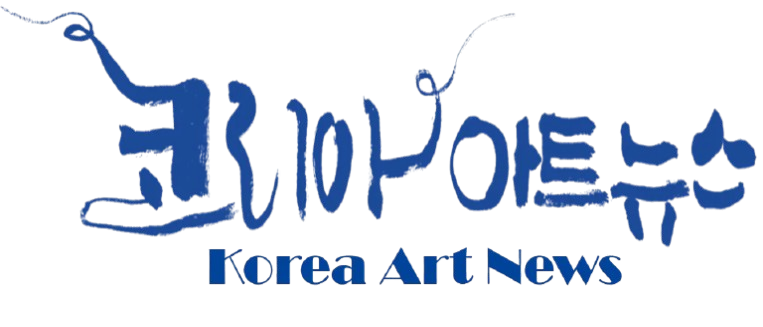[Ryu Ahn Meets the Artist] “We Quietly Sit Beside What Disappears” — French Photographer Jeanne Dubresson
A Long Summer Conversation Between French Photographer Jeanne Dubresson and a Korean Photographer
By Ryu Ahn (Poet · Photographer, Editor-in-Chief of Korea Art News)
Venue: K-LIZ Gallery, Samseong-dong, Seoul
Exhibition: HASARD
Date: July 10, 2025
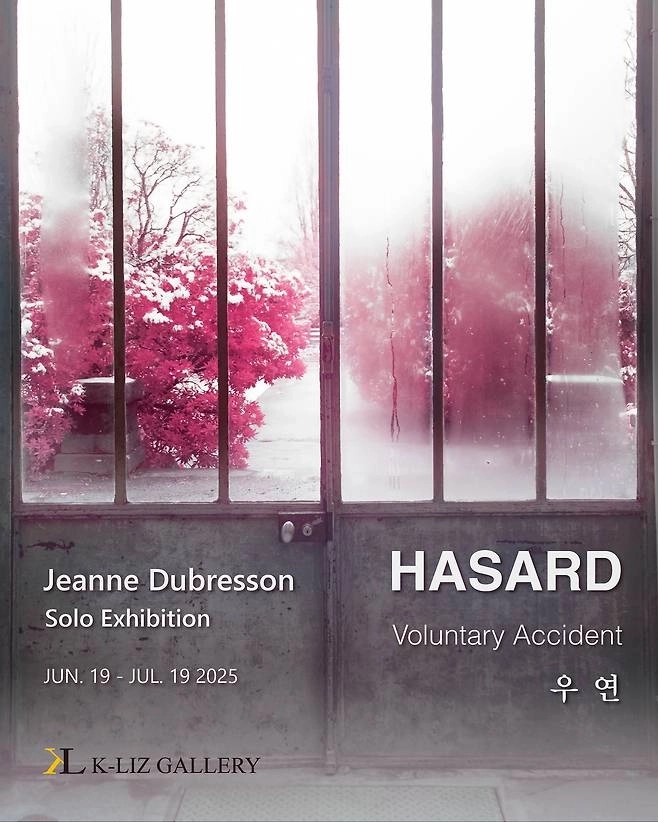
Under the soft light of early summer, we sat across from each other. Jeanne Dubresson, a young artist from France, had just opened her first solo exhibition in Korea, titled HASARD. Like an old friend—or like following a drifting cloud—I naturally found myself seated beside her.
.
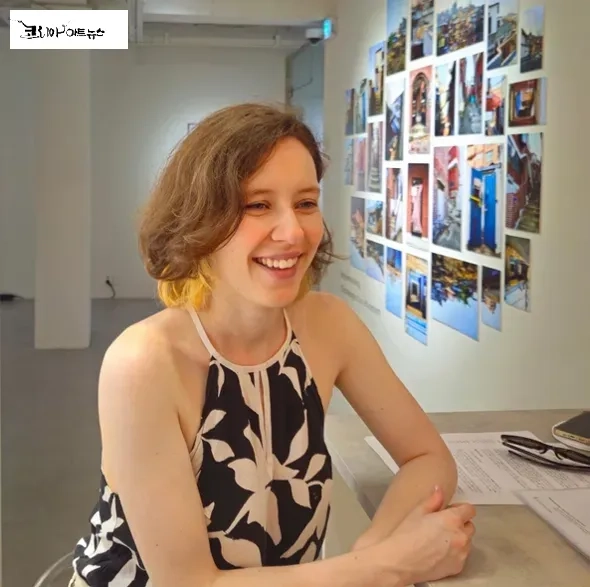
On the table sat a quiet cup of coffee and the notebook she always carries. Between the opening and closing of gallery doors, footsteps passed through the exhibition space. We began a long conversation, not with words, but with images.
HASARD — An Exhibition of Chance
“Why did you choose the word chance?” I asked as my first question. She smiled and replied.
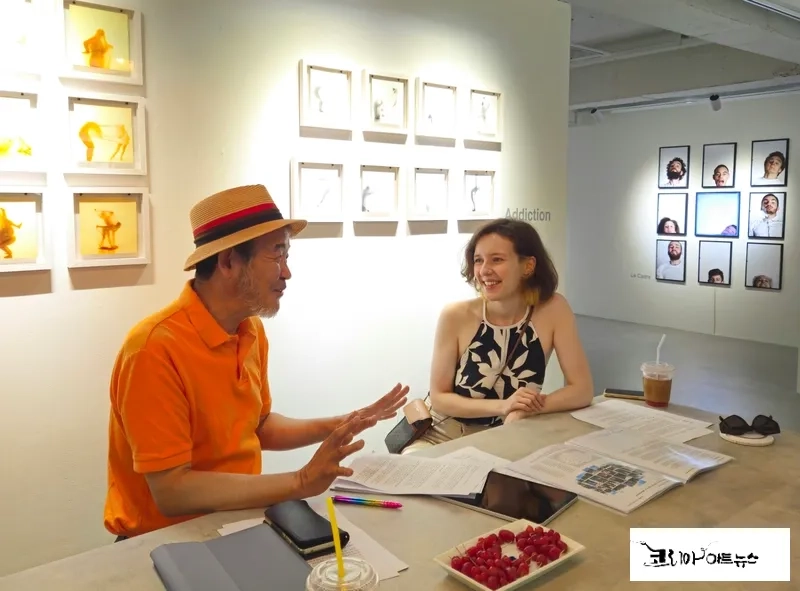
“For me, chance is a form of philosophy. It’s the way things happen on their own, without plan or control, and find us open. I’m not talking about passivity, but about a kind of floating attention, a welcoming. In my work, I try to stay open: I navigate between mediums, between disciplines, sometimes in instability, yes — but I claim that instability as a space for creation.
And I search for meaning, deeply. Not an abstract meaning, but the one you can feel inscribed in places, in walls, in objects left behind. In Korea, things change so fast… Photographing is sometimes an act of memory, almost feverish. It’s not just documenting — it’s trying to resonate with what remains, with the traces of presence, of a forgotten community. And that meaning, I don’t build it solely through thought — it emerges in the movement of the body, in walking, in pausing, in looking. It’s the places that speak to me first.”
At that moment, I recalled a question I had long forgotten as a photographer. I had always thought I needed to capture meaning, but she seemed to look for feeling before meaning. For example, when photographing redevelopment areas, I worried about the ethics of documentation—she spoke instead of the warmth of lingering presence.
Work Made by Hand, by Body
We looked at her works together. In front of a photo where gelatin melted and flowed over Polaroid, she said: “This is from my emulsion lift series. Some are failed photos, some turned out differently than intended—but I like that. Some emotions become more vivid when they’re out of control.”
I nodded. “I once printed my photos on raw wood and collaborated with a Korean lacquer artist to embed pearl fragments. When the act of making by hand overlaps with the image, photography becomes more like memory.”
Her eyes widened. “Ah, I’ve also tried embedding photos in resin. The idea of a ‘touchable image’—I really relate to that. I think memory lingers more in fingertips than in eyes.”
Bogwang-dong, the Hill of Disappearance
We moved to the inner part of the gallery to view her Bogwang-dong series. A collapsed wall, a bent window frame, a bed without blankets. I stopped in front of one photo—it felt familiar.
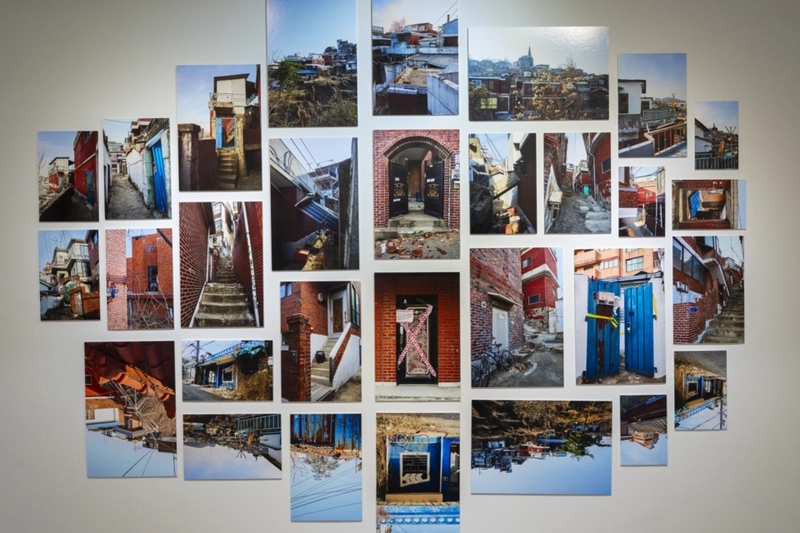
“That’s Bogwang-dong,” I said. “I’ve taken many photos in similar places. It’s surprising that you focused on areas Koreans often overlook. Before it disappeared, I spent a whole day climbing stairs and taking pictures. Back then, I thought I was protecting something. But looking back, I was simply there.”
Jeanne quietly nodded. “I felt the same. Many Koreans asked, ‘Why photograph that place?’ But I wanted to feel the warmth that remained—the unopened windows, the old wallpaper, the breeze above an empty sink. No one was there, but so many things were speaking.”
I stood silently in front of the photo. Her images had no captions. Instead, the dampness of the old house, the handprints on the wall—above all, they kept speaking.
Between Technology and Touch
After a short break, we returned to the table. She opened her laptop and showed me a video collaboration with AI artist DevRota.
In the video, a dancer slowly bent down, then rose again. An image that moved yet remained still. A photo that breathed.
I said, “Amazing. I didn’t know technology could be used so sensually. AI usually brings to mind automation and efficiency—but here, it’s the opposite. It moves slowly, softly, even clumsily.”
She nodded. “I was afraid of technology too. As someone who values the trace of the hand. But I realized AI doesn’t have to be precise or fast. In this work, it was used to gently shake what was still. Like breathing life into a frozen photo.”
I added, “It feels like the artist is the one who adjusts the sensitivity. Technology is a tool we can touch, but choosing the direction—that’s all about feeling.”
She nodded deeply. “Exactly. If technology can hold sensitivity and hesitation, then I can accept it.”
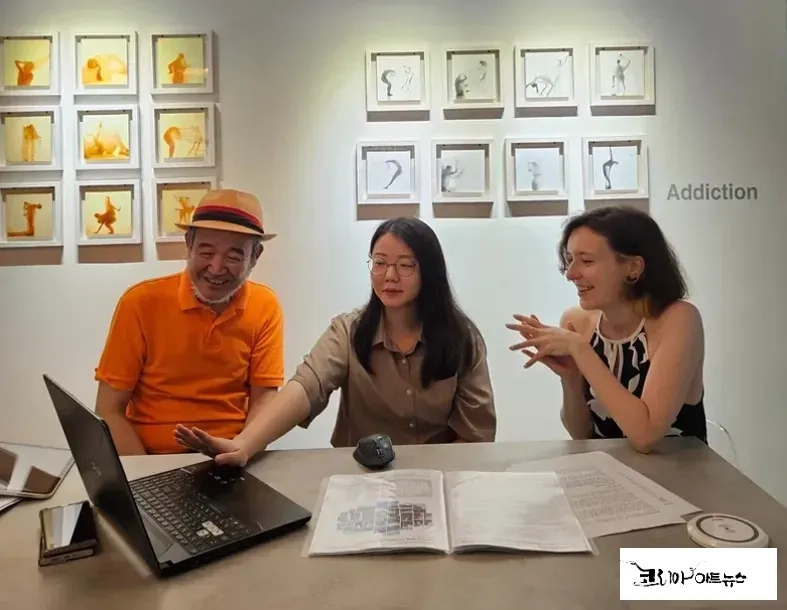
People Who Cross Boundaries, Who Draw Circles Instead of Lines
Jeanne opened her notebook again. The worn pages were filled with pencil scribbles—French phrases, small drawings, color codes, weather notes.
“This is my notebook. I just… jot things down while walking, whenever something comes to mind. Even if it doesn’t make sense, it eventually connects into something.”
I looked into her notebook and said, “I do the same. I’ve been writing one sentence a day for years. I take photos too, but sometimes words come before images. Some ask, ‘Is that poetry?’ I just call it a scrapbook of sensations.”
She smiled. “I love that state before words settle—the tremor. Sometimes I find myself more in my drawings than in my photos. Before I shoot, I sketch with my hand like feeling my way—and my heart follows.”
I pulled out a small memo pad and read what I had written that day:
Trying to block the flow, it pools. Trying to endure the pool, it’s forgotten. Trying to leave behind the forgotten… it becomes love.
A moment of silence passed. Conversations with people who don’t brush off words are always a little quiet. We know that the pause between words can carry more meaning than loose chatter.
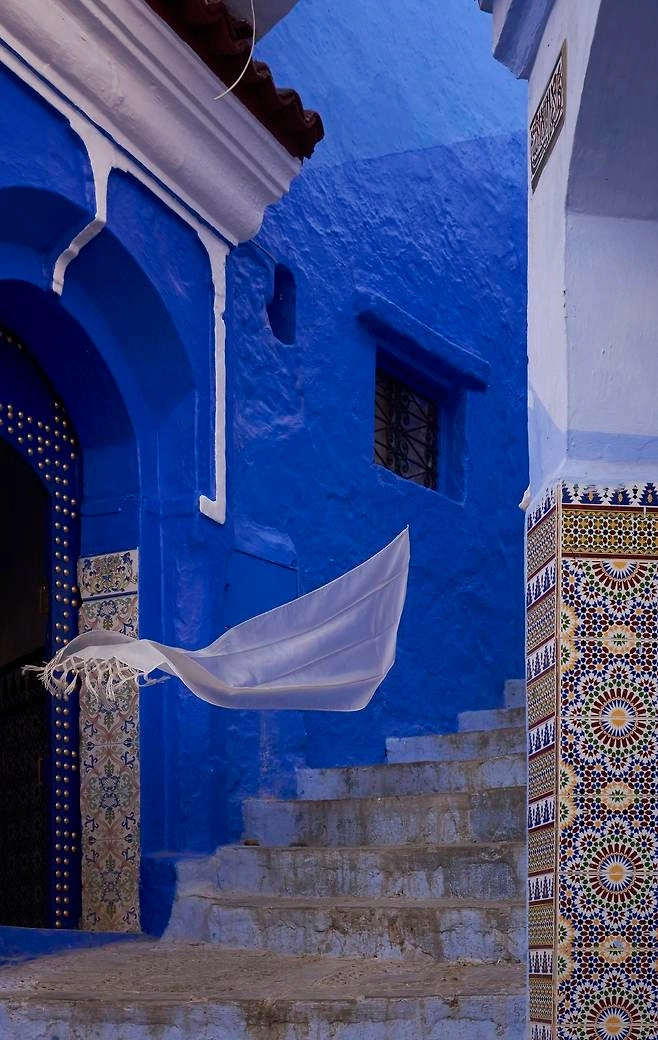
“I’d Rather Be Called Someone Who Feels”
I asked Jeanne, “If you had to describe your identity in one word—photographer, motion artist, installation artist—you always seem to stand at the boundary.”
She thought for a while and said, “That question doesn’t bother me anymore. I used to hate it. ‘What kind of artist are you?’ It felt like I had to deny myself because I couldn’t be defined by one thing. But now I know I have my own center in the scattered space. I want to follow feeling over technology, attitude over medium.”
I deeply agreed. “When I write poetry, I forget I’m a photographer. When I take photos, I forget I’m a poet. Maybe artists are people who exist by forgetting.”
A Message to Young Artists: It’s Okay to Waver
Later, I asked my final question. “If you could say something to those just beginning their artistic journey, what would it be?”
Jeanne looked out the window quietly, then spoke slowly:
“It’s okay to waver. That feeling of not knowing which direction to take, that constant uncertainty, comes back more often than we think. But this instability, precisely, might be what shapes your own language and sensitivity. No one begins with a clear structure or a well-defined identity. I, too, often felt lost between photography, drawing, video, or installation. Yet, every time I followed a slightly open door without a clear plan, I ended up discovering myself a little more.
To find one’s own center in the drift of disciplines and doubts — isn’t that the true essence of creation?”
I nodded. Her words were exactly what I needed to hear that day.
Closing Coments : Art Is Closer to Accompanying Than Recording
And so the conversation ended. She closed her notebook, and I emptied my coffee cup. Though the words had stopped, much remained on the table—the memory of hands, the humidity outside the window, someone’s question.
I quietly thought: this conversation was a moment of sitting beside disappearance.
And perhaps art is not so much about recording as it is about accompanying.
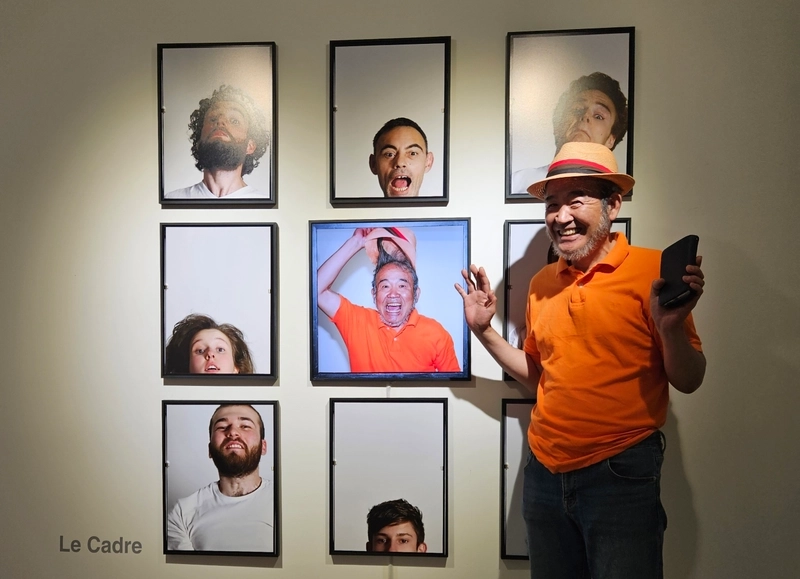
Exhibition Info
- Title: HASARD – Jeanne Dubresson Solo Exhibition
- Dates: June 19 – July 19, 2025
- Venue: K-LIZ Gallery, Samseong-dong, Seoul
About the Artist Jeanne Dubresson is a photographer and visual artist from Paris. She studied photography and motion design at Gobelins School of Visual Arts and works across analog and digital media to explore memory, disappearance, materiality, time, and the feeling of chance. She currently runs KFTV, a platform introducing Korean content to France, contributing to cultural exchange through art.
HASARD shows us that the act of quietly sitting beside what disappears may hold more meaning than trying to capture it.
And on that quiet day, I truly.
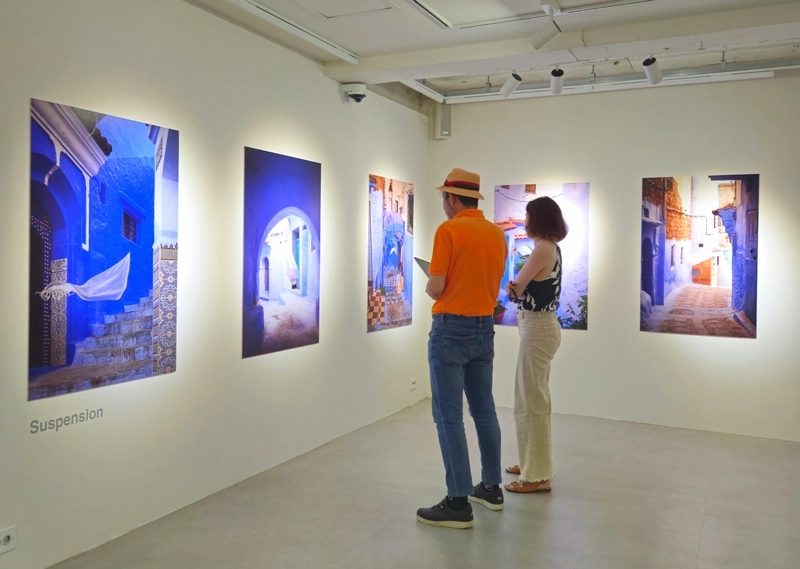
[Editor's Note: We would like to express our sincere gratitude to K-LIZ Gallery for their support in arranging the artist, providing the venue, and assisting with photography for this interview.]

